The demo
This is the version of the map that we are going to present as the demo with the aim of obtaining financing to make a full game. After discussing it we decided to remove the idea of following the tempo of a song as you go along the level. Though interesting in paper, it made the level design process incrementally harder the longer a level went. Also, it clashed a lot with other pillars of the game like allowing for exploration and this being a casual experience. After we removed this aspect of the game we chose to lean way more into exploring and being open ended.
The new mechanics we introduced were the “pickable tiles, “HP system” and the “checkpoint system”. The “pickable tiles” were items placed in the level that the player can pick up by touching them and then place them in any “empty tile space”. The objective with this new mechanic was to give the player more ways to interact with the level. The “HP system” consists of giving the player extra hits before they are sent back to a checkpoint. The extra hit points are found as pick-ups around the level. The “checkpoint system” consists of triggers identified by flag, floating in the map that save that as the position where the player will respawn in case they are hit without having any hit points left.
From the previous prototype we kept the initial area where the player calibrated the controls and got used to the movement in the game. Aside from this almost all other sections were entirely new concepts except for the one to the top right. This one was based on the final area in the first prototype.
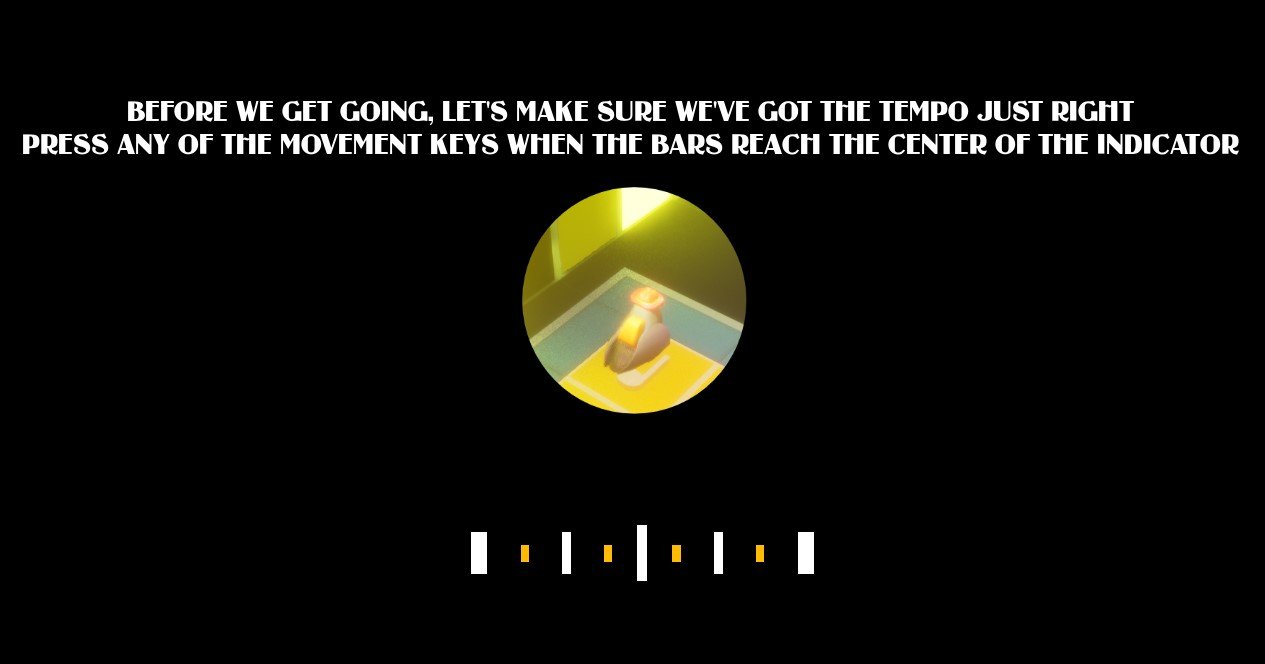
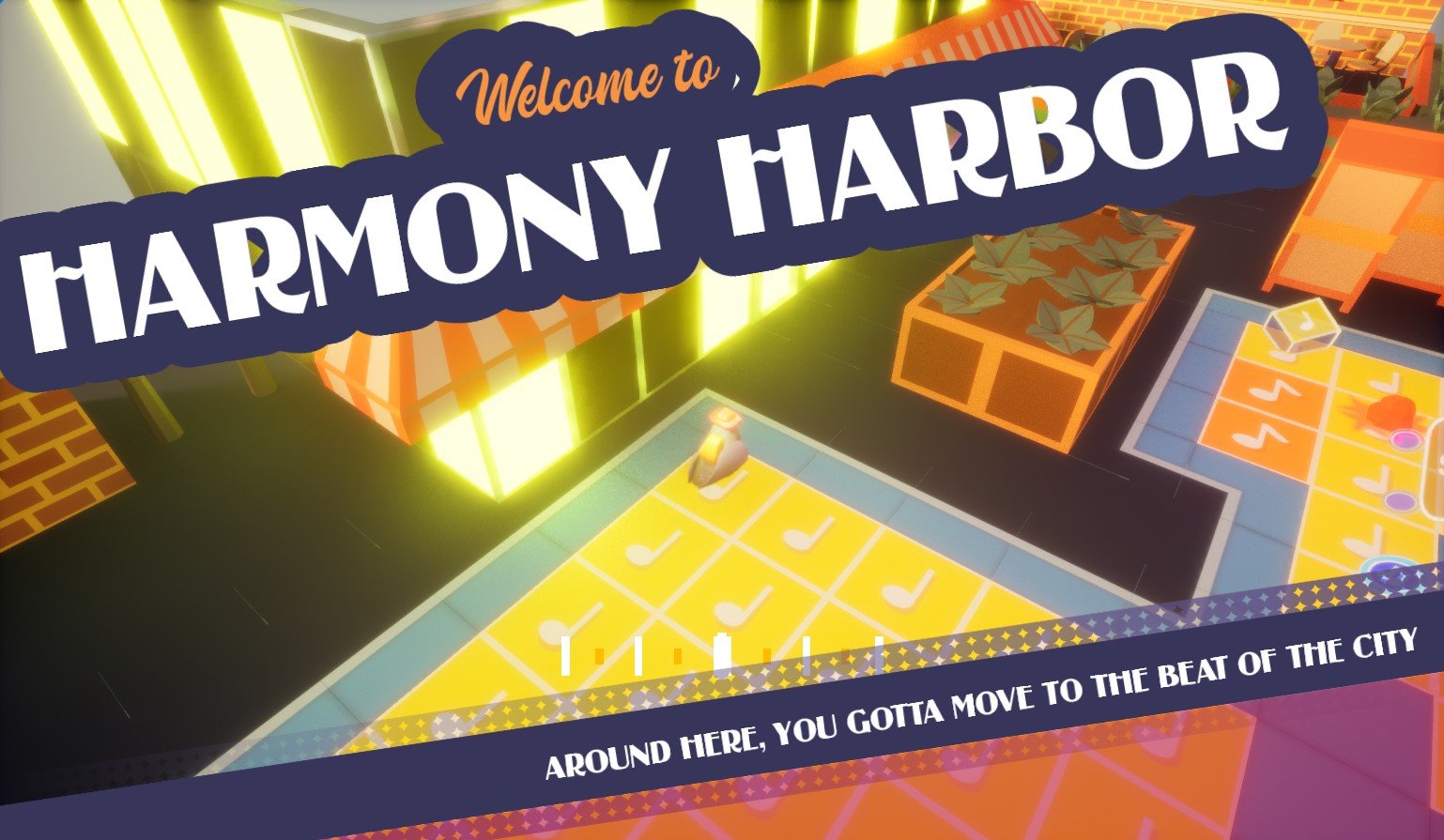
Now that the player is free to explore the areas of the level in the order they choose it became particularly important that the end of the level was clear. For this reason I placed the end of the level right outside the initial area blocked by a couple of doors. This sets the objective in a clear way and is placed in the middle of the four roads the player can take, so they never have to make a long backtracking.
I used the fixed camera angle to guide the player view towards the road I felt was the best to start as it presented the player with a challenge that was simple but interesting. There are other 2 roads that are harder, each one in different ways and a fourth road that is short and simple. The 2 hard roads were made to be difficult in different ways to allow the player to choose which road they feel more comfortable doing first. Also, this ensures that no matter which one they do last it will be an interesting challenge. Finally the simple road offers the players a very simple challenge to keep them engaged while they are processing all they have done.

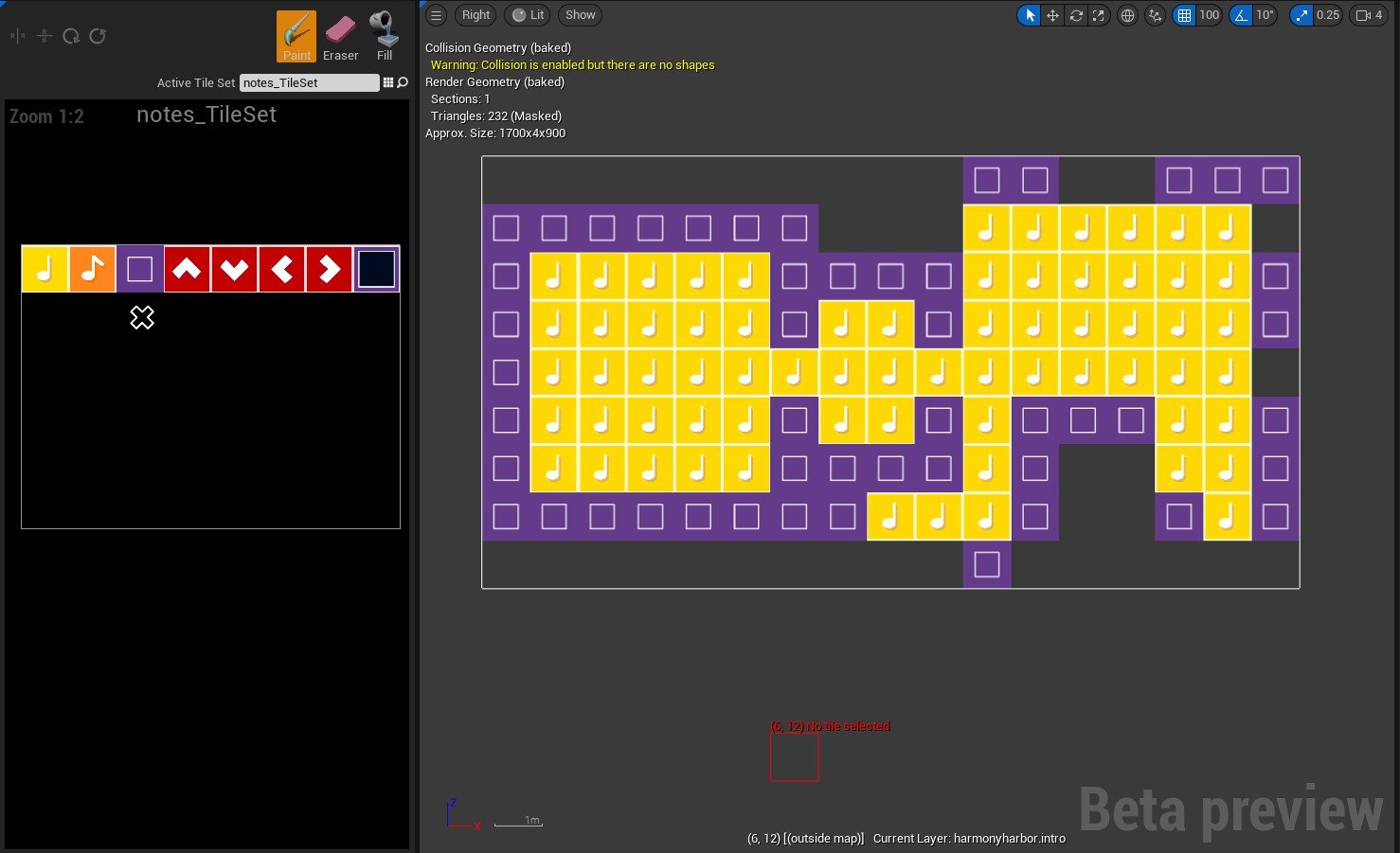
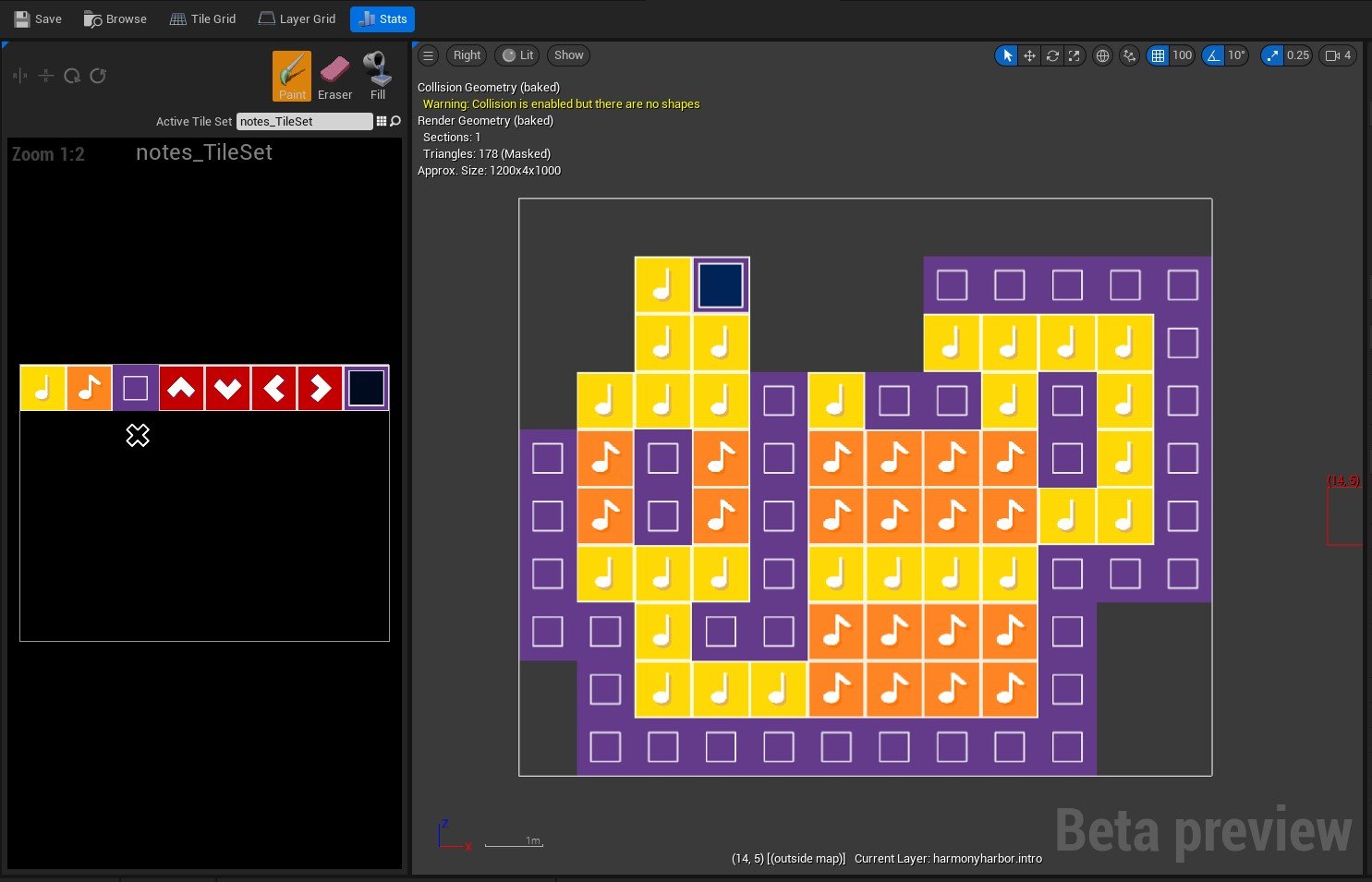
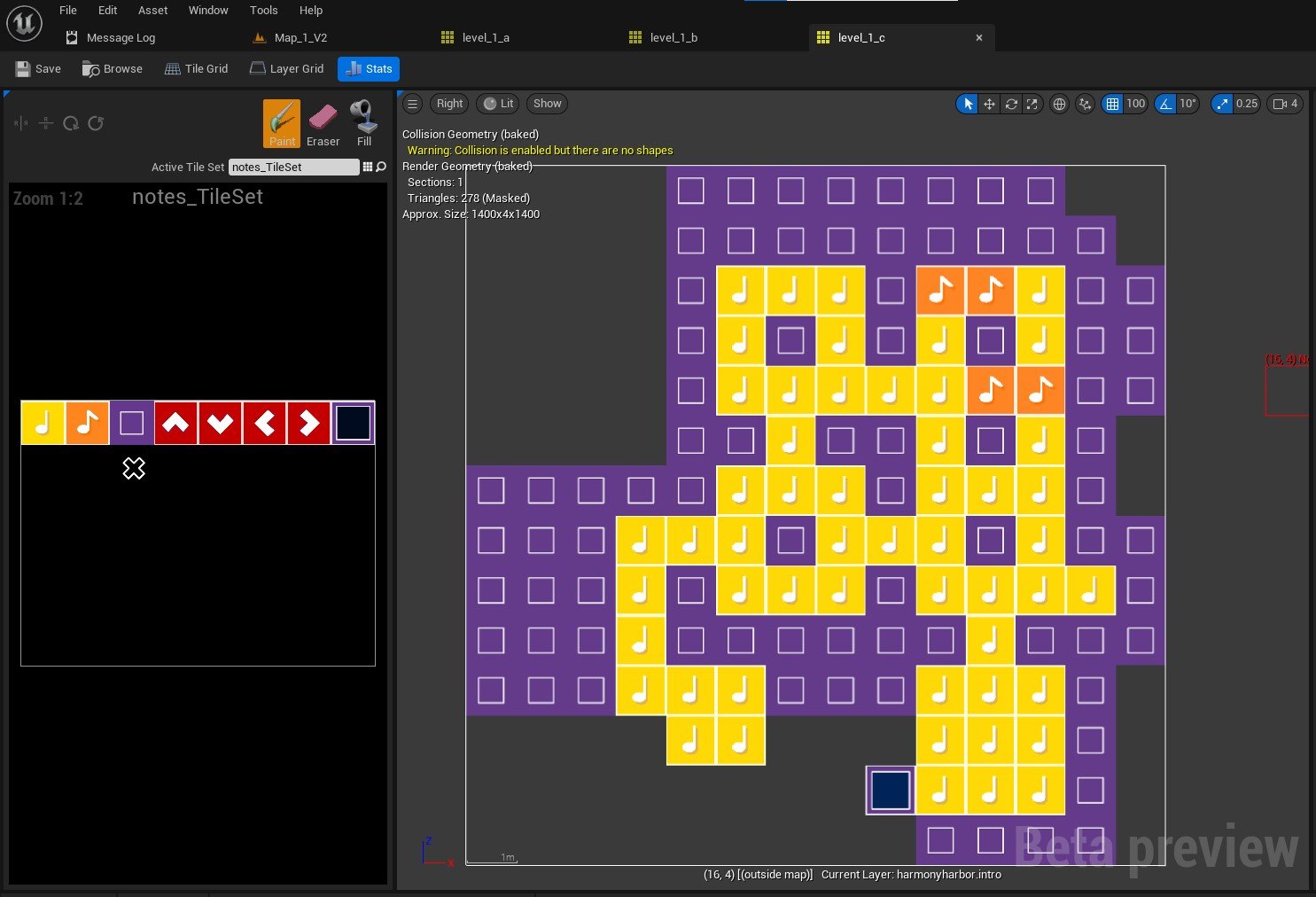

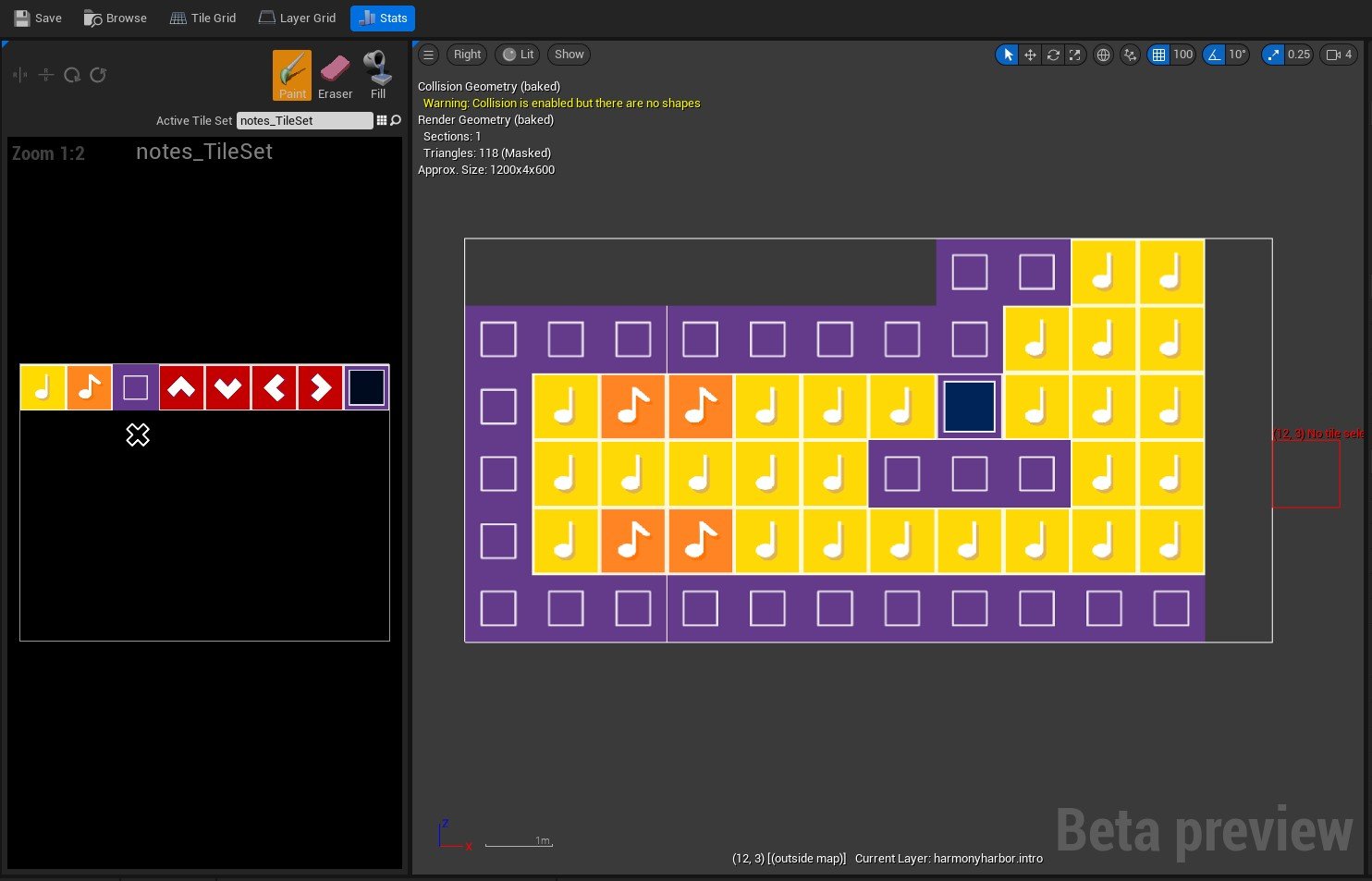

In order to keep guiding the player to the ending of the level and also contribute to the sense of interaction with the world, I place the door buttons in positions that allow the player to see the door they were opening with each button.
One of the biggest challenges I had while working on this level was designing the difficulty of each section and effectively guiding the player view towards the areas I wanted to. I didn’t want players to start by taking the harder routes first but limiting their freedom went against the objective of this demo, so to find the balance I had to iterate a lot each section and test how they connect. Something important that I learned during this process was to add early challenges that are representative of the hardest difficulty in each zone so the players can choose early whether they want to enter that zone at that moment.
An interesting detail we initially didn’t realize was important was the rotation of the door buttons. Depending on where the payer is coming from and their rotation these buttons can be confused by another environmental element. After learning this I payed attention to always place them in a way that player can clearly see the button even if it means the player character appear to interact with the sides of the object that don’t have the button
In order to guide the player around the level, balance the difficulty in each zone and as a whole in the level, teach the mechanics effectively, reach the right length and create interesting differences in kind for each zone I had to iterate this level a lot. Learning from my previous attempts I aimed to “fail faster” this time. I would dedicate a day or 2 to only paper prototypes until I had a complete level that felt right. The next day I implemented the level in UE5 to test it, took notes of what worked and what didn’t and went back to paper prototyping, this time focusing only on the aspect that needed polish. I repeated this process until the level felt completely ready.
After finishing the demo we tested it and then sent it to the investors. We are happy with what we have done and though we most likely won’t be using this level for the final product, it taught us a lot of how the rest of the game should be and the things we need to keep in mind going forward. For now we are going to take 3 weeks of vacation, after which we will come back to work on the pre-production of the game.





